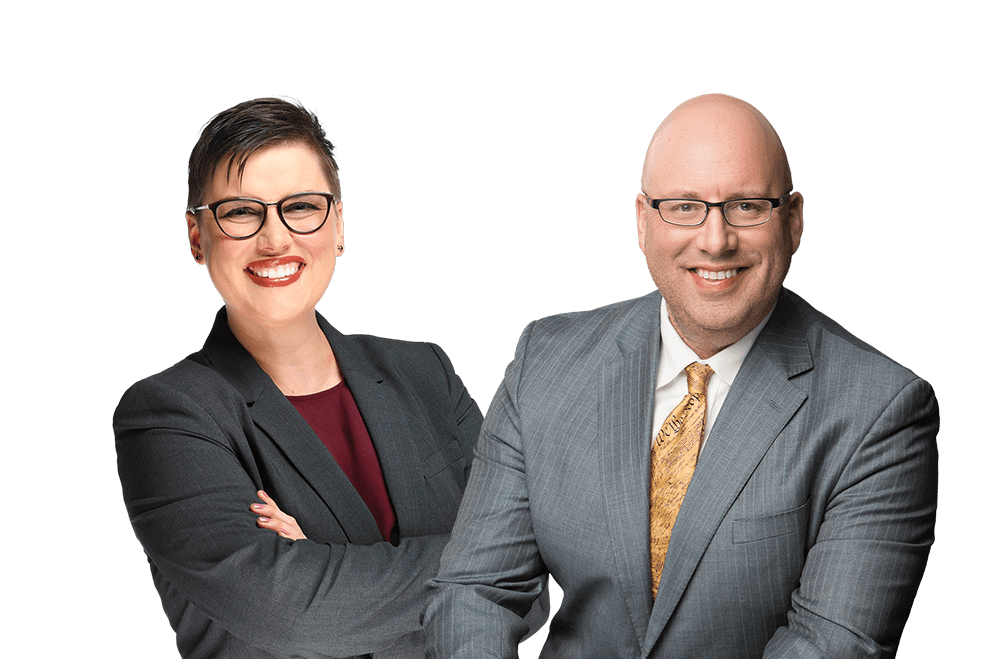The Pitfalls of a Narrow Disclosure
How broad a claim will the disclosure support? Different jurisdictions apply different standards, but in general, answering this question will involve an analysis, in one way or another, of whether the disclosure is sufficient to disclose the invention to a person skilled in the art. In the United States, this question comes in two flavors: whether the disclosure is sufficient to enable a person of ordinary skill in the art to practice the invention without undue experimentation (“enablement”); and whether the disclosure is sufficient for a person of ordinary skill in the art to conclude the inventor had possession of the invention at the time the application was filed (“written description”). A recent decision has provided additional guidance on the written description requirement, and underscores the importance to claim scope of avoiding limiting language in the specification.
U.S. courts have often grappled with the tension between the scope of a claim and the scope of the corresponding disclosure in the specification. One arena in which this plays out is the written description requirement set forth in 35 U.S.C. §112(a) (Pre-AIA 35 U.S.C. §112, first paragraph). Specifically, 35 U.S.C. §112(a) requires that, “[t]o satisfy the written description requirement, a patent specification must describe the claimed invention in sufficient detail that one skilled in the art can reasonably conclude that the inventor had possession of the claimed invention.”[1]
In Gentry Gallery,[2] the Federal Circuit considered whether a claim broader than the only embodiment disclosed in the specification was invalid under the written description requirement of 35 U.S.C. §112, first paragraph. To resolve the issue, the court introduced a new test that turns on whether an element disclosed in the specification but omitted from the claims was an “essential element” of the invention. Specifically, the court held that a claim may be broader than the specific embodiment disclosed in a specification, but only if none of the elements omitted from the claims were essential elements of the invention. In applying this test, the court noted that the specification only disclosed a specific embodiment in which the location of the recliner control of a sectional sofa was on the console, and determined that this was an essential element of the invention. Accordingly, the court held that claims that did not require the control to be on the console were invalid for failing to satisfy the written description requirement. In its opinion, the court stated that “claims may be no broader than the supporting disclosure,” that “a narrow disclosure will limit claim breadth.”
In view of the test set forth in Gentry Gallery, claim scope that is overly broad with respect to the specification may run the risk of being found to have omitted an essential element, and thus may be invalid under the written description requirement set forth in 35 U.S.C. §112(a).
The Federal Circuit considered this issue again recently in ScriptPro v. Innovation Associates (“Scriptpro II”),[3] which was the second appeal addressing whether the asserted claims are invalid for lack of written description. The patent in question[4] involved a collating unit for an automatic medication storage and dispensing system.
Initially, the district court granted summary judgment of invalidity under 35 U.S.C. §112, first paragraph, holding that, because the specification only disclosed embodiments having slot sensors, the claims that did not recite the slot sensors were invalid. In the first appeal (“ScriptPro I”),[5] the Federal Circuit reversed the district court’s grant of summary judgment of invalidity, noting that “[t]here is no sufficiently clear language in the specification that limits the invention to a collating unit with the (slot-checking) sensors,”[6] and that the specification “positively suggests that slot sensors are an optional, though desirable, feature of the contemplated collating unit.”[7]
On remand, Innovation again moved for summary judgment of invalidity under 35 U.S.C. §112, first paragraph, this time asserting that the specification unambiguously limits automatic storage to be based on the availability of an open storage position and patient-identifying information, but that such a limitation was not in the claims. The district court granted Innovation’s summary judgment motion, citing Gentry Gallery and holding that, “[w]ithout including a limitation to address the storage by patient name, the claims are simply too broad to be valid.”
In ScriptPro II, the Federal Circuit again reversed the district court’s grant of summary judgment of invalidity. In doing so, the Federal Circuit noted that the specification discloses multiple problems that the invention solves, and that not all of the solved problems involve sorting prescription container by patient-identifying information. Additionally, the court noted that the specification “expressly states that containers can be sorted and stored by patient, prescription, or other predetermined storage scheme without input or handling by the operator.”[8] Accordingly, the court concluded that “a specification’s focus on one particular embodiment or purpose cannot limit the described invention where that specification expressly contemplates other embodiments or purposes.”
The above cases illustrate the importance of including multiple embodiments in the specification, especially where the claims are written to encompass more than a disclosed embodiment (which is the case in most, if not all, patents). Furthermore, the case reinforces the importance of broadening language in the specification, as the court relied on the broadening language “or other predetermined storage scheme” in its holding.
The above cases also underscore the importance of amending foreign applications before filing in the U.S. For example, applications originating from jurisdictions that require a problem-solution approach to application drafting should be amended to insert broadening language clarifying that one or more embodiments of the invention may, but is not requirement to, solve one or more of the problems outlined in the specification. Furthermore, applications that refer to “the invention” or “the embodiment of the invention” should be amended to insert broadening language clarifying that there are “one or more embodiments of the invention,” such that the claims are not found invalid for being broader than a single embodiment. Even “canned” language stating that the embodiments in the specification are merely examples and not limiting on the claims may be helpful in overcoming the overbreadth issue.
PRACTICE TIPS
- Include multiple embodiments in the specification.
- Include broadening language in the specification, e.g., “one or more embodiments of the present invention,” “one or more embodiments of the present invention may solve one or more of the above problems,” etc.
- Avoid limiting language in the specification, e.g., “the invention,” “the embodiment,” “the invention solves the above problems,” “the invention has the following effects,” etc.
- Avoid referring to any elements as “essential” or “important.”
- For foreign origin applications, conduct a pre-filing review prior to filing the U.S. application to revise the specification to add broadening language and remove limiting language.
[1] See, e.g., Moba, B.V. v. Diamond Automation, Inc., 325 F.3d 1306, 1319, 66 USPQ2d 1429, 1438 (Fed. Cir. 2003); Vas-Cath, Inc. v. Mahurkar, 935 F.2d at 1563, 19 USPQ2d at 1116.
[2] Gentry Gallery, Inc. v. Berkline Corp., 134 F.3d 1473 (Fed. Cir. 1998)
[3] ScriptPro LLC v. Innovation Associates, Inc., No. 2015-1565, 2016 U.S. App. LEXIS 14919 (Fed Cir. August 16, 2006)
[4] U.S. Patent No. 6,910,601
[5] ScriptPro LLC v. Innovation Associates, Inc., 762 F.3d 1355 (Fed. Cir. 2014)
[6] Id., at 1359
[7] Id., at 1360
[8] Scriptpro II, at page 7




